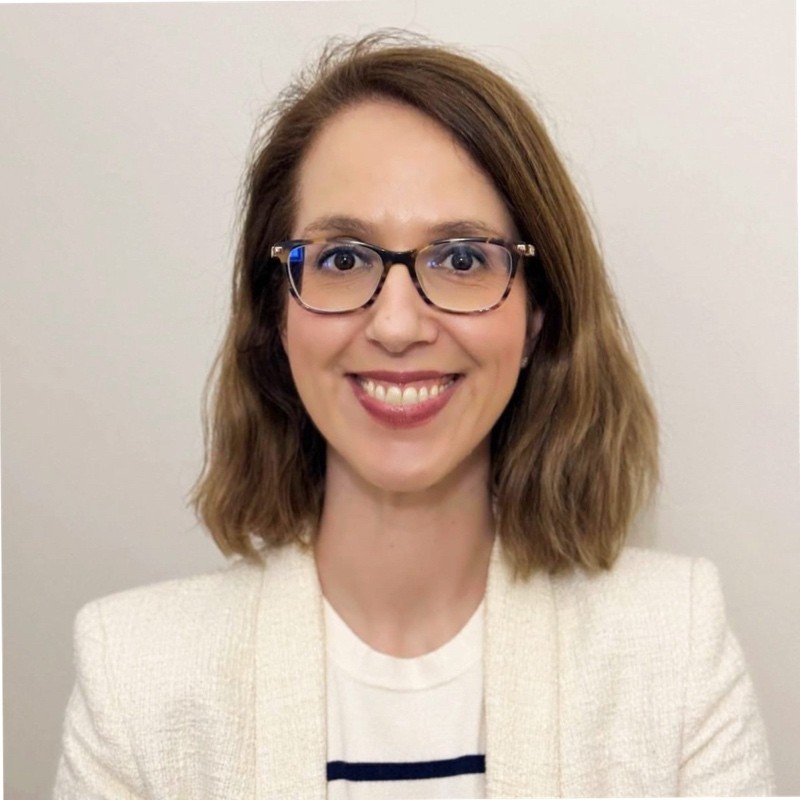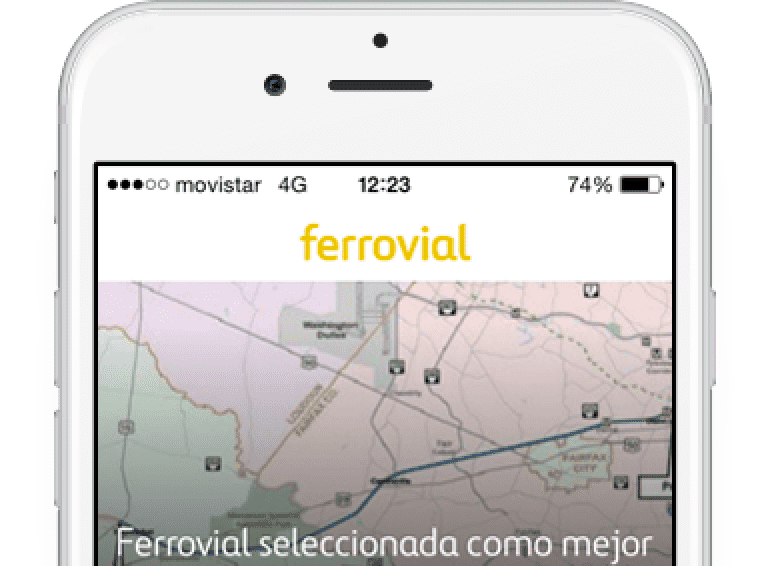The TravelSmarter mobile app was created as part of the OUTSMART European project, in which Amey, the UK subsidiary of Ferrovial Servicios, participated along with the Intelligent Infrastructure Innovation Centre Foundation (CI3) to develop applications based on the Future Internet in the area of advanced urban services.
The system, which seeks to solve traffic problems by providing data on the main transport alternatives, has been tested in the English city of Birmingham.
TravelSmarter Platform
- Picture: OUTSMART Annual Report 2013
TravelSmarter is a software platform for mobile devices that provides transport alternatives for the routes that are entered, based on real-time information on the status of the transport system. It also takes account of the user’s preferences (e.g. the fastest, the shortest, the cheapest, the most environmentally-friendly or the healthiest route).
Routes are updated on the basis of emerging events such as accidents, traffic jams or any other factor that may affect the planned trip. This will allow for better use of transport networks, by balancing loads, reducing congestion, pollution and accidents, and generally saving the costs generated by inefficiencies arising from non-integrated management of the networks.
TravelSmarter also encourages users to adopt more environmentally-friendly and healthier means of transport and so it is expected to reduce emissions and improve citizens’ health in the long term, not only due to using the communications network more efficiently but because it will encourage users to adopt more environmentally-friendly means of transport.
TravelSmarter also involves local businesses, which participate by offering discounts, etc. to encourage citizens to use more sustainable means of transport; this gives them more visibility and boosts local business.
Birmingham pilot
Birmingham is the second most populous metropolitan area in England, after London, with approximately 3.8 million people and 250,000 commutes per week. For this reason, the Birmingham area and its public transport system were chosen for the pilot test of the prototype solution proposed by OUTSMART in the area of sustainable transport: the TravelSmarter platform.

Birmingham is the second most populous metropolitan area in England, after London, with approximately 3.8 million people and 250,000 commutes per week. For this reason, the Birmingham area and its public transport system were chosen for the pilot test of the prototype solution proposed by OUTSMART in the area of sustainable transport: the TravelSmarter platform.
There are a number of public transport operators in the Birmingham corridor, operating buses, trains, traffic alerts, bike lanes, taxis, etc., each one with its own network of sensors, services and points of access to information. One of the first challenges of the TravelSmarter platform was to gain access to all the information and sensor networks, which are based on a range of technologies, and make them available to the platform to enable new services to be developed.
The TravelSmarter platform was developed in three levels.
- In the first level, information on planning and optimising travel was obtained in order to offer the best combination of transport options depending on the user’s circumstances and preferences (access to information on transit status: buses, trains, traffic incidents, congestion, accidents and weather).
- In the second level, a system of incentivizing users to take options that were more sustainable or that avoided congestion at that particular time was introduced. Users were offered discounts for walking or cycling, and contests were organized to reward the person who reduced their emissions the most, or the person who walked or cycled the most in the week.
- In the third level, an “open ecosystem” of access to the platform was provided in which local businesses could offer discounts as part of the incentives to reduce emissions or adopt more sustainable modes of transport, in exchange for gaining visibility within the platform.
The final outcome was the “TravelSmarter” application for mobile devices, which gives access to all these services and was field-tested by 20 users for more than 3 months.
Outsmart Project
The OUTSMART project, co-funded by the European Commission under the Seventh Framework Programme to support innovation, has been running for 27 months. The goal of the project was to develop information technology for new services that enable cities to be more sustainable and smarter. To this end, work was done on innovation “Clusters” or “Ecosystems” in five European cities: Birmingham (mobility), Berlin (waste management), Trento (water management), Aarhus (open data) and Santander (street lighting).
The work in each of these five innovation ecosystems enabled the creation of municipal services and technologies—including the TravelSmarter platform—to optimize services and resources in urban areas.
OUTSMART provided Amey and CI3 with a unique opportunity to form part of a large international consortium within one of the main projects of the European Commission’s 7th Framework Programme, under the umbrella of the FI- PPP (“Future Internet – Public Private Partnership”) sub programme, which aims to promote innovation in Europe through the Future Internet.
More information: OUTSMART Annual Report 2013.







